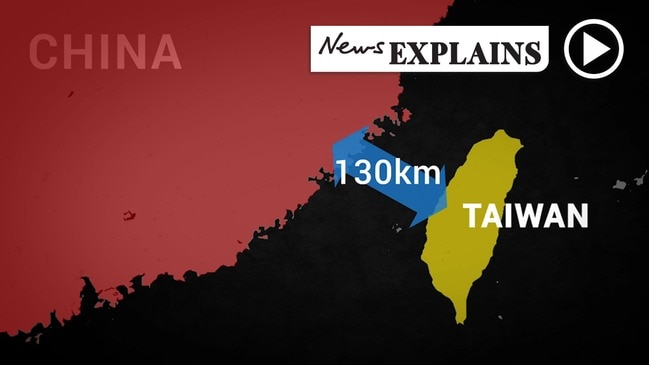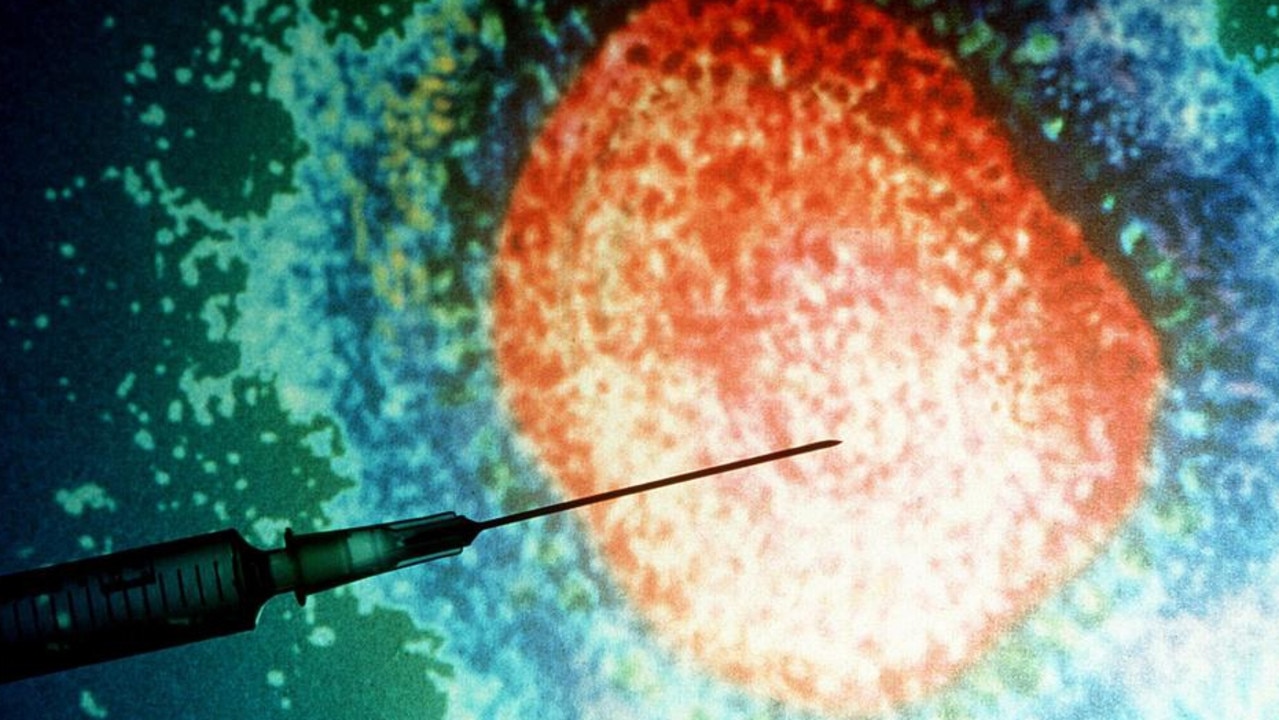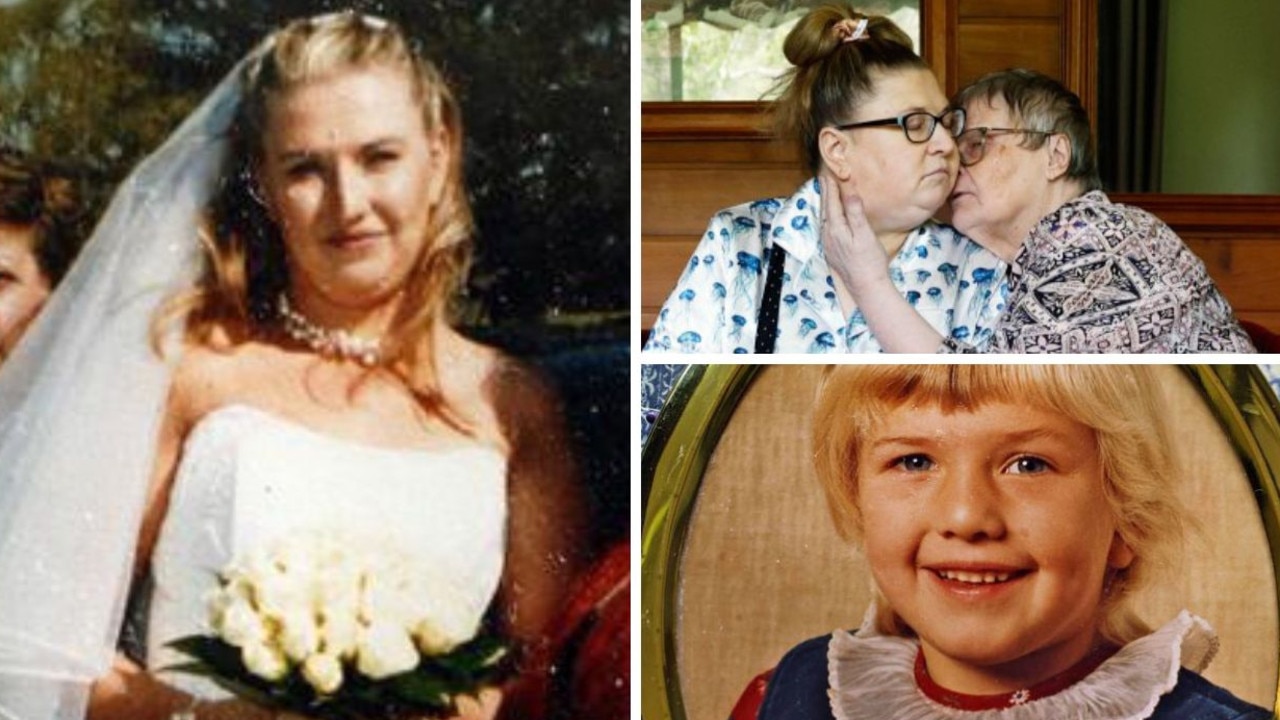Coronavirus Australia: The worrying number of COVID-19 cases in NSW
There are now than 300 coronavirus cases in NSW, but it’s the 46 people who were infected locally that is of the biggest concern.

As the coronavirus continues to spread across Australia – forcing the government to take more and more drastic measures – there’s one state where it’s spreading further and faster than anywhere else: NSW.
Five of the nation’s six deaths have happened in NSW and there are now 307 confirmed cases of COVID-19 across the state – the majority of which are in Sydney, which has been described as the “epicentre” of Australia’s coronavirus outbreak.
The youngest person to be infected is just six years old. Six patients are in intensive care. A further 70 people are currently under investigation.
But, among these statistics is a number that’s even more troubling – a number that continues to increase with each passing day.
RELATED: Follow the latest coronavirus updates
RELATED: Why Sydney has been worst hit with virus
“We have a further 70 cases under investigation and 46 cases where we believe local transmission cases has occurred,” NSW’s Chief Health Officer Dr Kerry Chant said on Thursday morning, giving an update on the state’s coronavirus situation.
Australia’s Chief Medical Officer, Professor Brendan Murphy has previously said that “community transmission” was the biggest fear of the government and health authorities – and was the reason social distancing measures were being instituted around the country, despite the number of cases being nowhere near as high as those in countries like the United States, where similar measures have also been put in place.
“We have moved quite early to institute social distancing measures,” Professor Murphy told media on Saturday.
“Earlier than some might have suggested, because the international evidence is suggesting that if you move before community transmission is well-established, you can get much better benefits. So we have made the decision quite early.”
Prof Murphy said that the government’s decision to ban what has since become gatherings of more than 100 people was a pre-emptive move to “get ahead of the curve”.
RELATED: How ‘flattening the curve’ saves lives
“Social distancing can be difficult for the community, we understand that, and we understand that the community is with us on the need to try and slow the spread of the virus in our community,” he said.
“And we do know that larger gatherings, larger groups are well known internationally to be one of the quickest ways to spread the virus if there is community transmission.”
While Dr Chant said the increase in Sydney’s cases was due to an influx of returning travellers from a “range of countries” in recent days, within the capital itself there has been a spate of cases linked to “clusters” – not returning travellers – in the city’s northwest for almost two weeks.
That means that some of the new cases are directly linked back to these locations like the Dorothy Henderson Lodge aged care facility, Ryde Hospital, St Patrick’s Marist College and Epping Boys High School.
These emerged as transmission hot spots at the beginning of March.
Since then, NSW Health found another cluster of at least six confirmed cases from people who attended a wedding in Stanwell Tops on March 6, which more than 60km south of Epping.
And, on Thursday morning, Dr Chant said members of rugby clubs from the University of Sydney and University of Queensland were exposed to coronavirus at an event on Saturday.
“All people who attended this event are considered close contacts of a confirmed case,” Dr Chant said.
RELATED: What social gatherings are now banned?

So, while other states and territories have been able to pinpoint or at least make an educated guess as to where their confirmed cases have come from, the geographical spread of clusters in NSW over several weeks has now made tracing incredibly difficult.
Now the state’s health authorities are scrambling to trace the people who had been in contact with COVID-19 patients and instruct those people to self-isolate and monitor for symptoms of the virus.
In an effort to keep the situation under control, the City of Sydney has also cancelled or postponed all non-essential events and closed gyms and aquatic centres.
Splendour in the Grass, Groovin the Moo and the Sydney Film Festival are among events cancelled or postponed; universities are suspending face-to-face classes; and a number of church and mosque services have also been suspended.
RELATED: What is social distancing?
Professor Murphy told A Current Affair on Wednesday night that these “disruptive and intrusive” measures would be imposed for at least six months – and would become more stringent if there were a sizeable outbreak of community transmissions.
“It’s a possibility in the future,” he said, though added that it wasn’t being contemplated for the “near future” and that given the projections based on information available now, such measures weren’t likely to be put in place.
While Professor Murphy dismissed concerns that Australia was on a similar trajectory to where Italy was positioned four weeks ago – saying that Italy’s exponential infection rate was based on community transmission whereas Australia’s transmissions are still largely imported – he said experts are extremely concerned, which is why social distancing measures should be followed.
While the measures are disruptive, he said, “they will enable us to go on living”.
“There will be an end to it, but it will be a long haul. And we’re going to have to change the way we behave, and how to live.”
Federal and state governments were working “very hard now to make sure we have enough testing equipment” for an eventual spike in community transmission, Prof Murphy said on Saturday.



